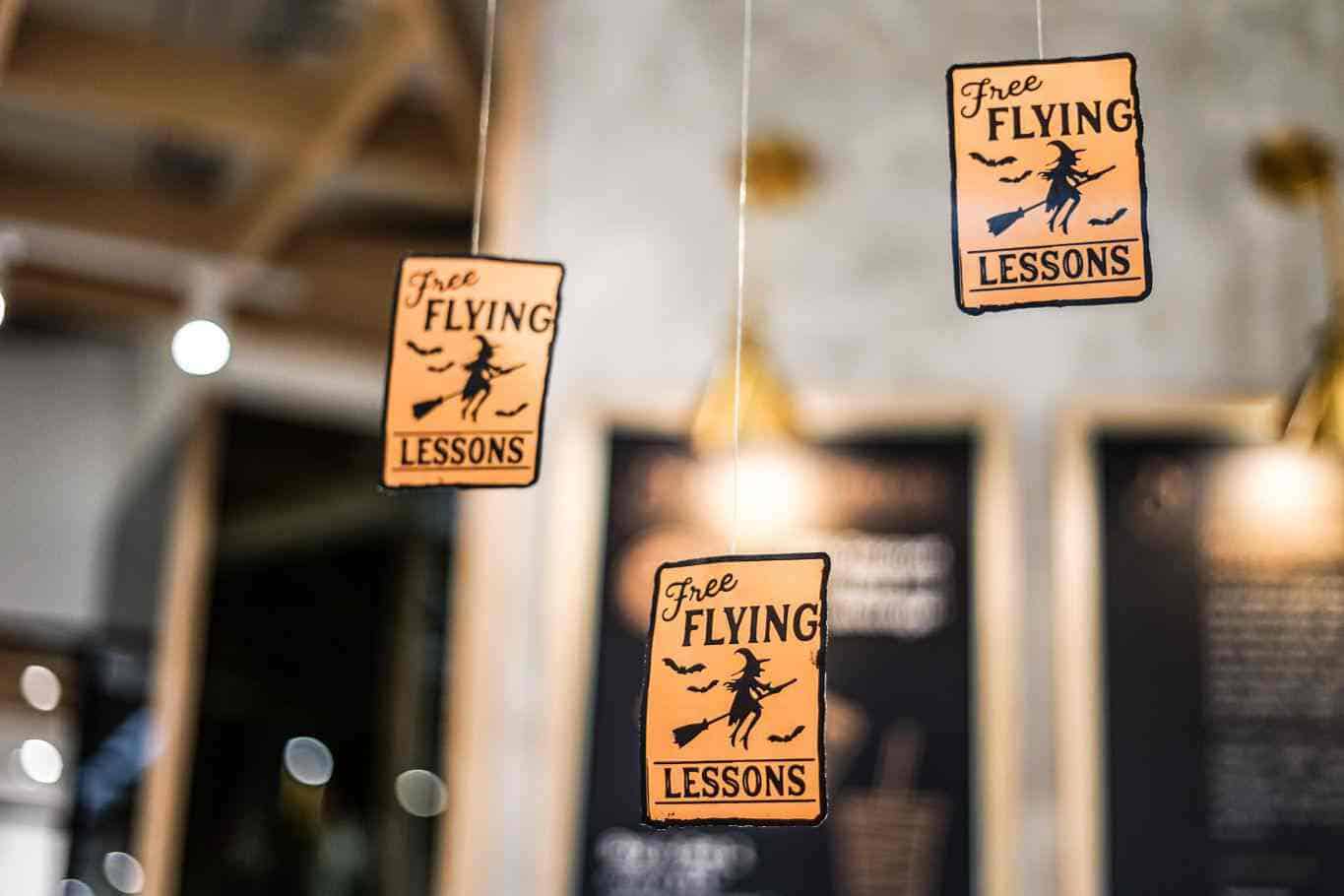The Art of Contemporary Team-Building
August 20, 2018

Icebreakers. Games. Calling cards.
We all know the activities managers and supervisors do on teambuilding activities. Judging by how exhaustive and extensive this list is, people are desperate to find ways to build a sense of unity in their teams. In this day and age, though, new employees are no longer buying into the idea of a one-day team building sessions. In this age of information, everyone already knows everyone else through one tap of a finger.
Team intimacy is no longer achieved through “getting to know” sessions. People can find out everything about a new employee even before they join the team. Kris Boesch, in her TEDx talk, said that team intimacy is like “doing the wave”. It spreads through the team organically, and needed to be fostered and made sure to spread through interdependent bits.
As such, team members can’t be forced to form interpersonal relationships with each other. They have to enjoy the relationships they have with the others. Team-building activities must actually have the team members connect through things that matter. It’s no longer about fun, but about mental connections. And today, building those mental bridges are no longer as easy. The workplace has evolved, and with that, the team-building activities.
Constructive Games
When thinking about team-building games, one will probably think physical games like the Human Knot, or The Mine Field. Some might also think about cognitive games like the Whisper Chain and Purpose Mingle. Those games work wonders if you’re trying to have your team get to know each other. However, they lack the depth which team members and managers can use to identify the personalities of their team members and how to deal with them.
In responding this new, complex and dynamic business environment, companies have been looking for ways to do things. Team building is no exception. An article on The Guardian maintains an idea that team-building games don’t necessarily have to require absolute communication, and as such, the article proposes board games as an option to facilitate team-building activities.
Board games provide inexpensive and real-time feedback. Managers can see how team members react to their scores, or implicit reactions through behavior that they show while strategizing their moves. Board games can also allow managers to deeply engage with ideas by incorporating interactivity. The true beauty of a board game lies in both its complexity and simplicity. This causes board games, compared to videogames, to have a level of freedom for players to formulate their next move.
To take things further, tabletop role-playing games can provide an even deeper form of role-based engagements. They can take on characters and interact with other members through their characters. How they tackle problems can reveal how they face challenges, and how well they work in a team.
Meaningful Talks
Another Harvard Business Review article talks about how small talks are no longer the most effective way to team-build. “Skip small talks” the article states, “and talk about photography instead”. Connecting with people through photography, it seems, can help team members connect through empathetic ideals that one can have while discussing about photos and photography. The writer of the article found that “photos can create connections between people faster, and more profoundly than any other icebreaking activity.”
The other ideal topic one can talk about are pets and animals. It is easy to evaluate the personality of a person through seeing their attitude towards animals. Also, it is a very extensive topic, which can always keep the conversation rolling.
Self-building teams
After managing to foster an organically self-building team, activities are no longer required. Relationships that were formed in the team-building activities will continue to grow, and roles that has been set in place will become a new norm in the company, without even having to manually assign to them each.
As the team continues to grow, so will productivity. As another Harvard Business Review article concluded, the teams of today no longer grow on assigned roles. They build actual relationships with their workmates as they settle in to their workplace. Those relationships are also not without foundation. Oftentimes, finding common ground between members can help form a bond between the members. After all, when the cubicles of the modern offices are finally taken down, so are the barriers between team members.

Ingin mengubah suasana kerja Anda?
GoWork menyediakan lingkungan kerja modern dan profesional dengan semua fasilitas yang Anda perlukan untuk mencapai tujuan Anda!
Artikel Terkait

How to Properly Spook Your Office Up for Halloween
October 23, 2018
It’s the final quarter of the year, and everyone is tense. Luckily, the hallowed eve is just around...

Sewa Kantor di Jakarta | GoWork Senayan City
December 7, 2018
Sebagai ibu kota Indonesia, Jakarta tidak terhindar dari kesibukan, khususnya Jakarta Selatan. Banya...
